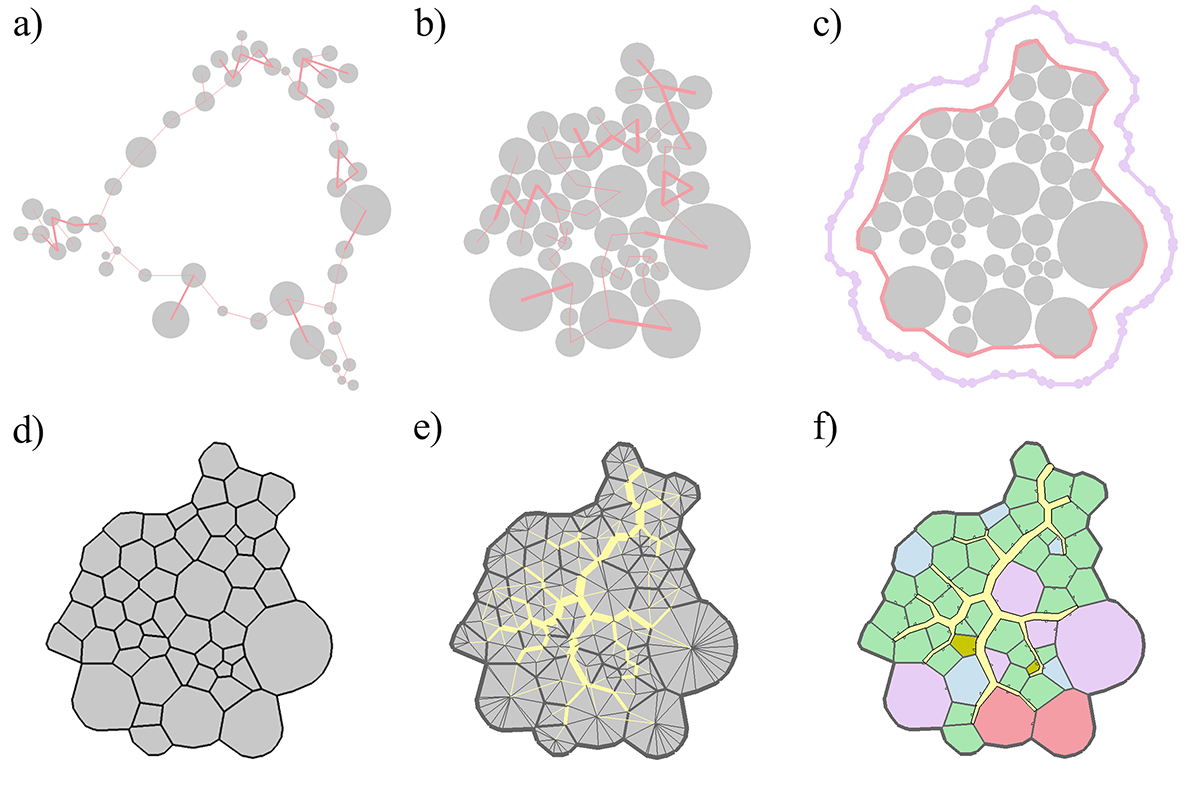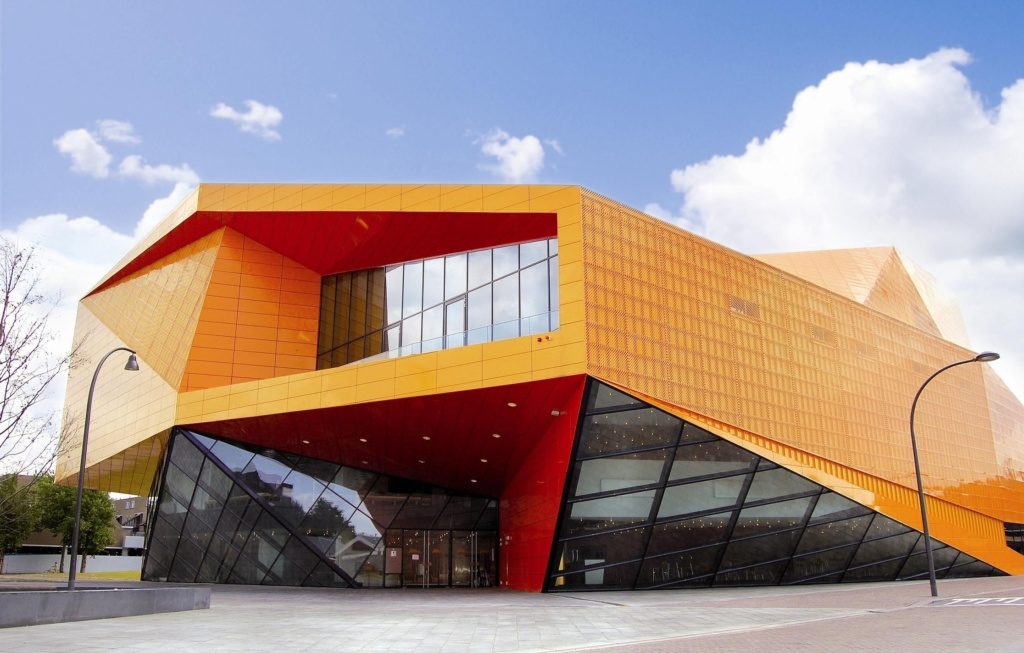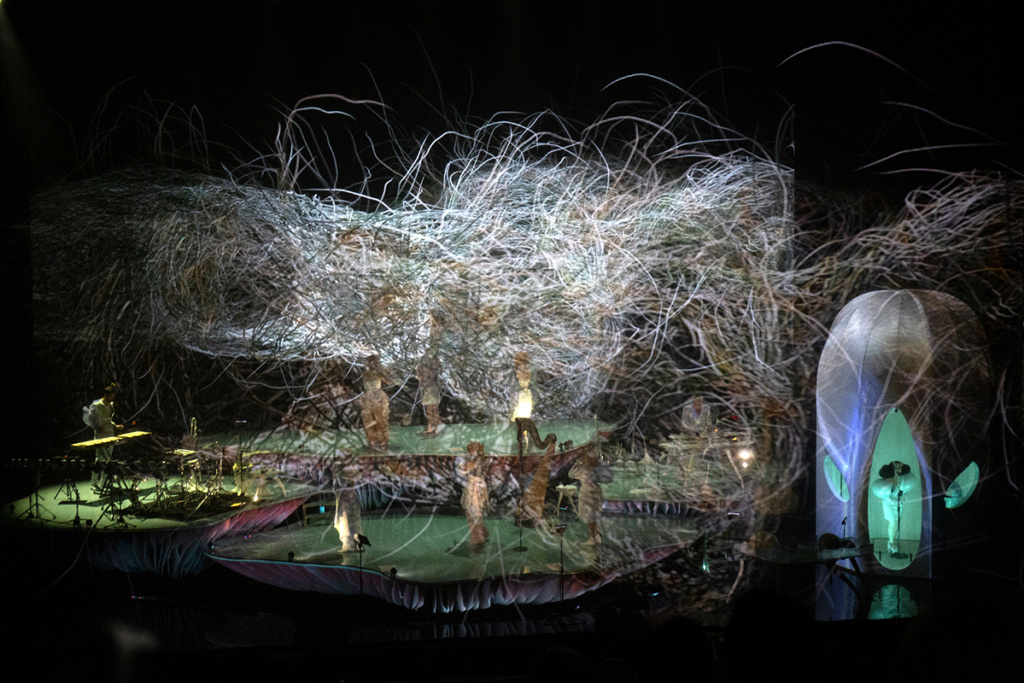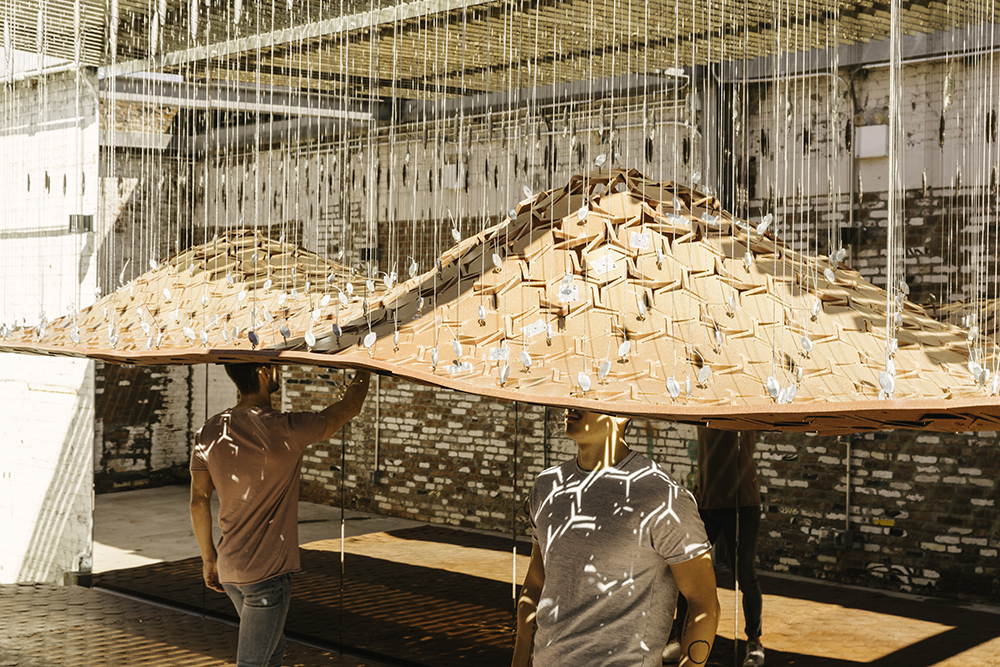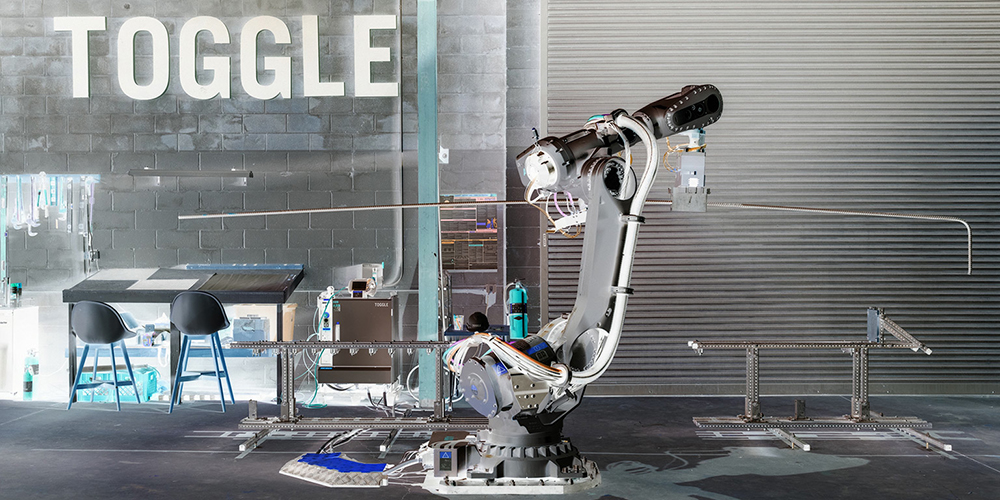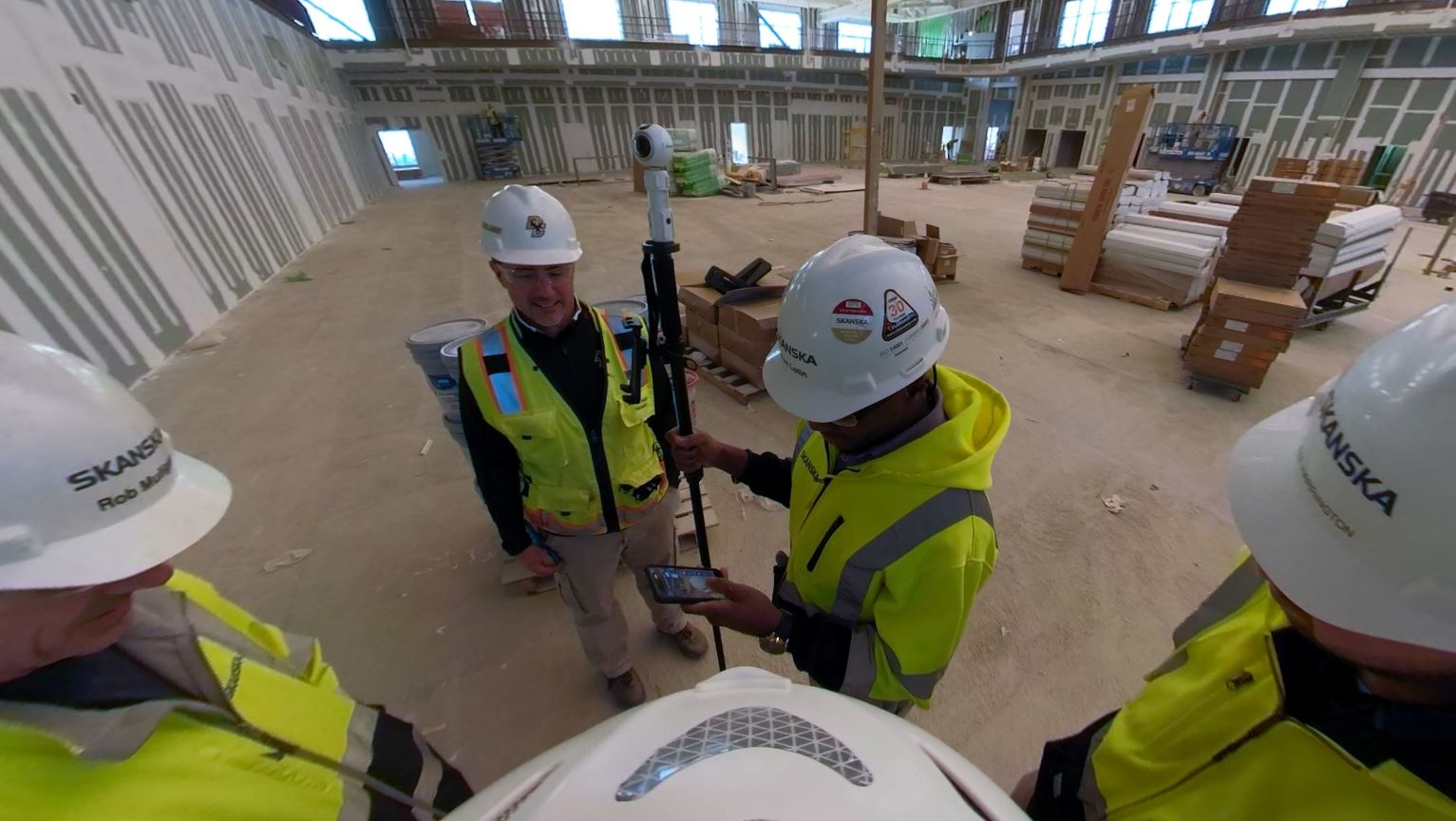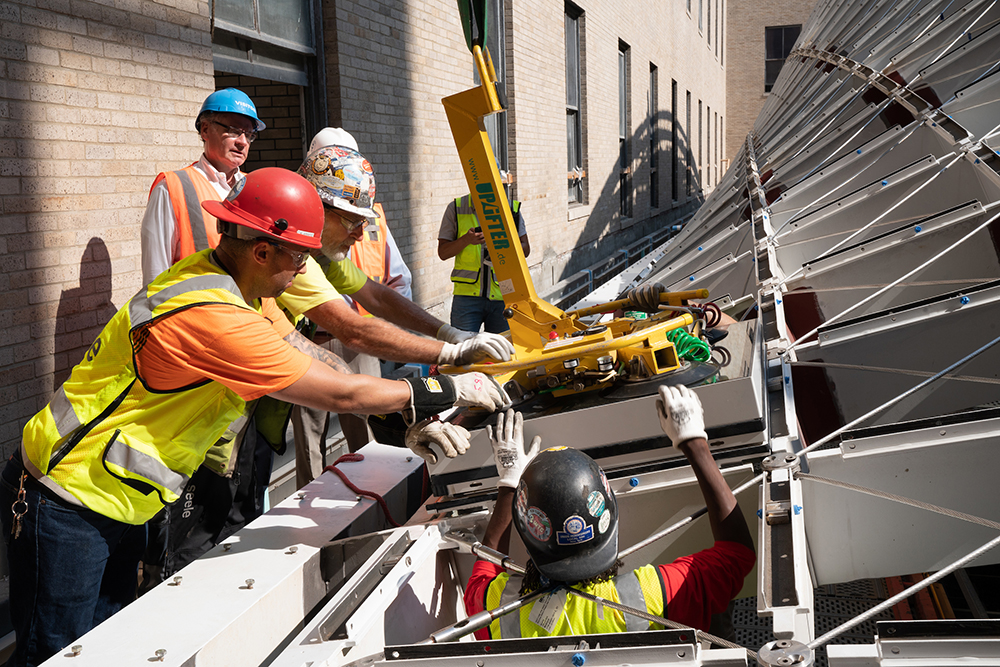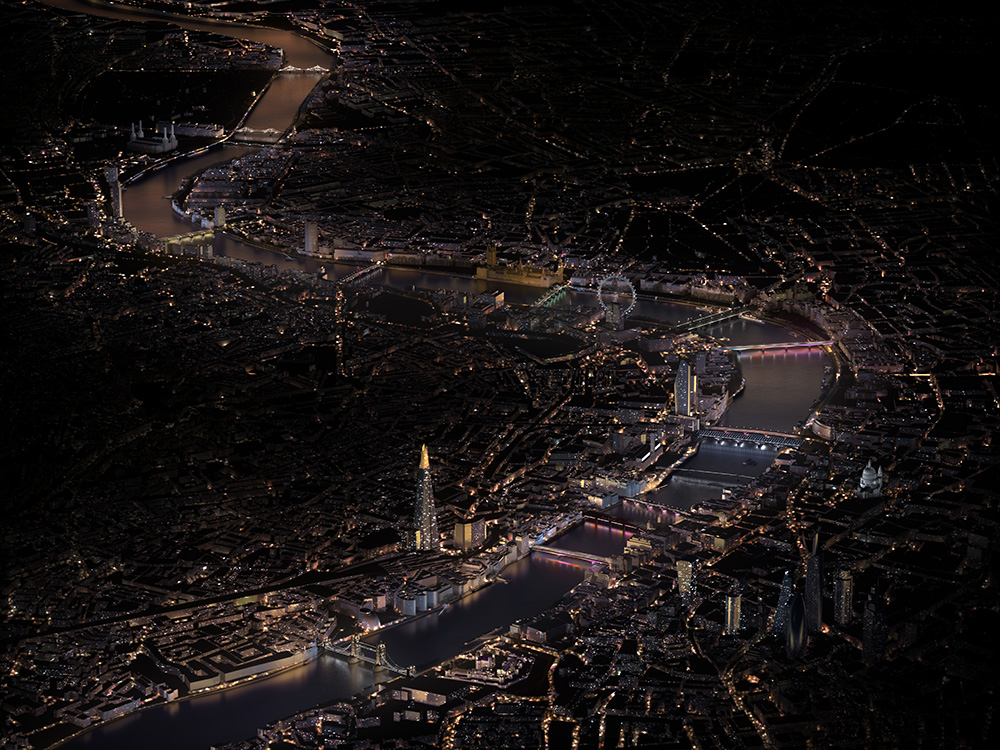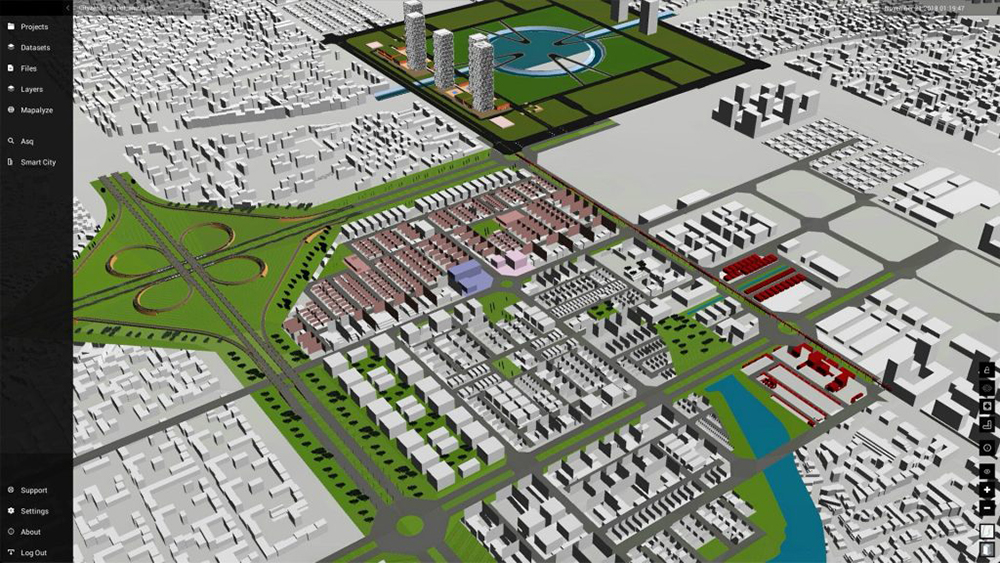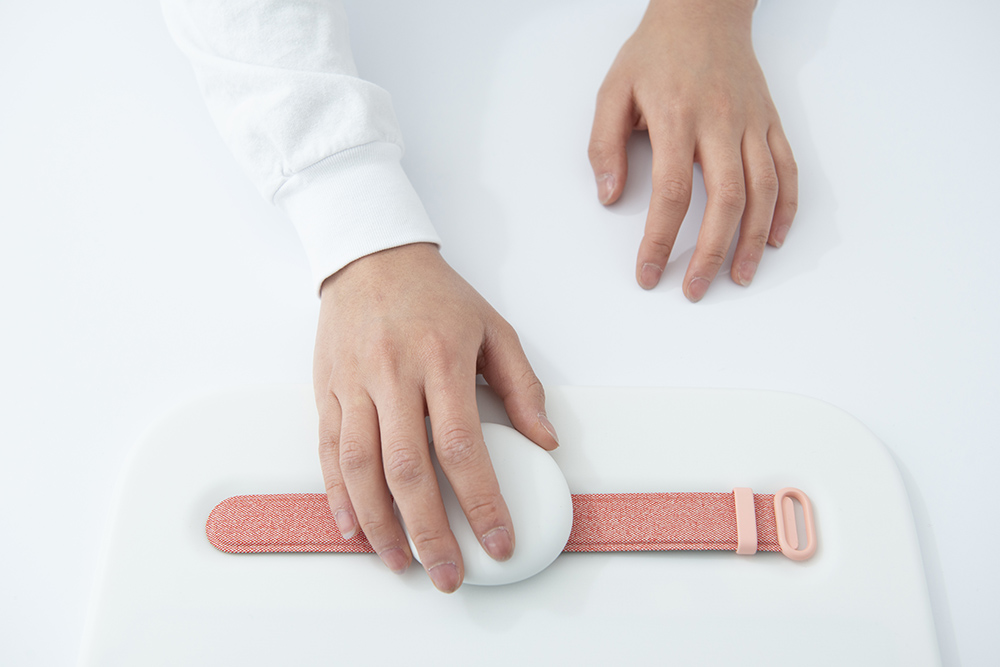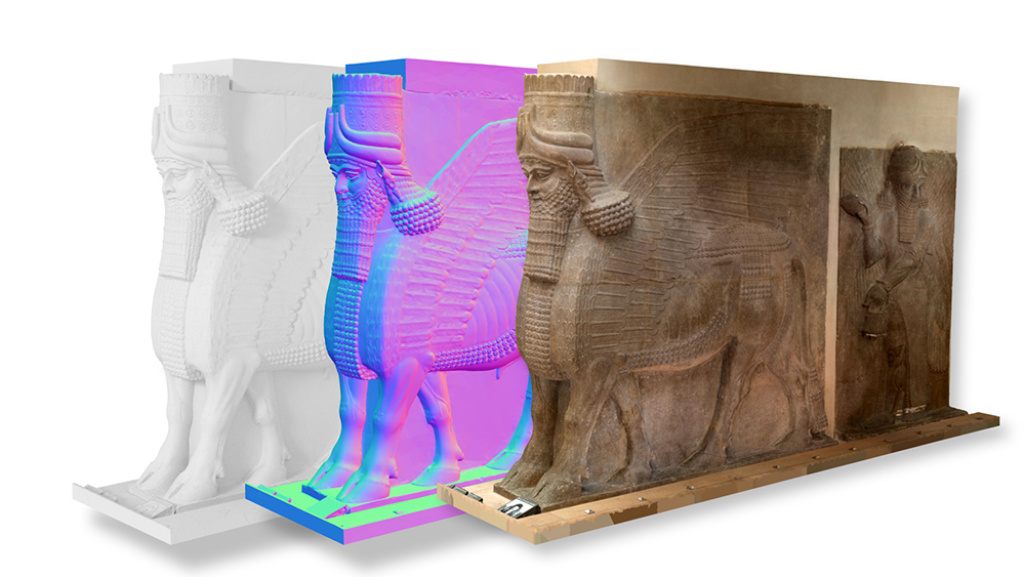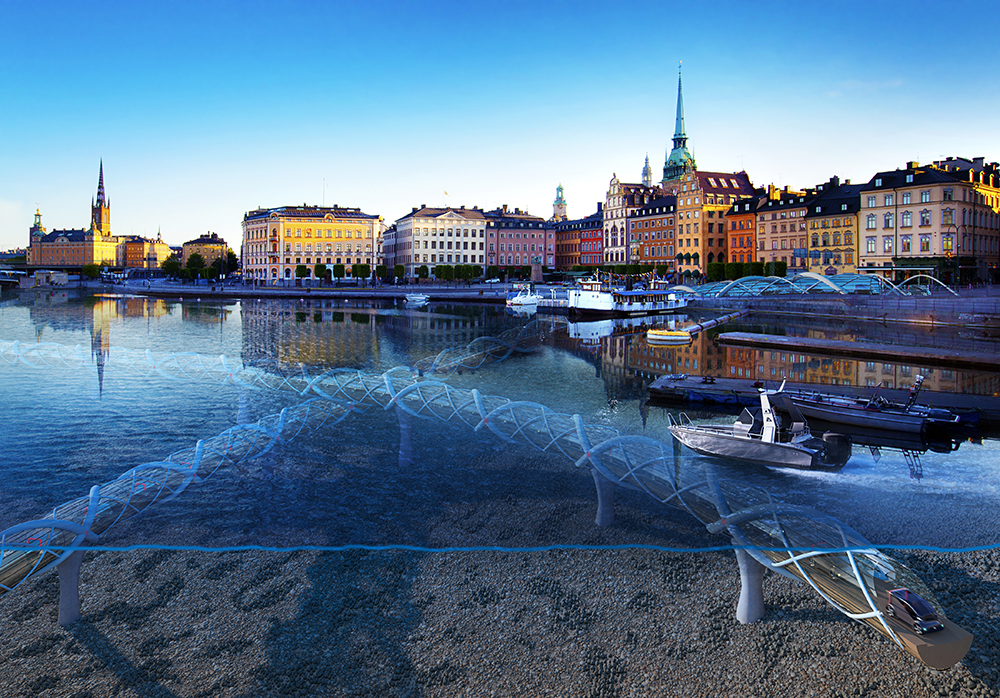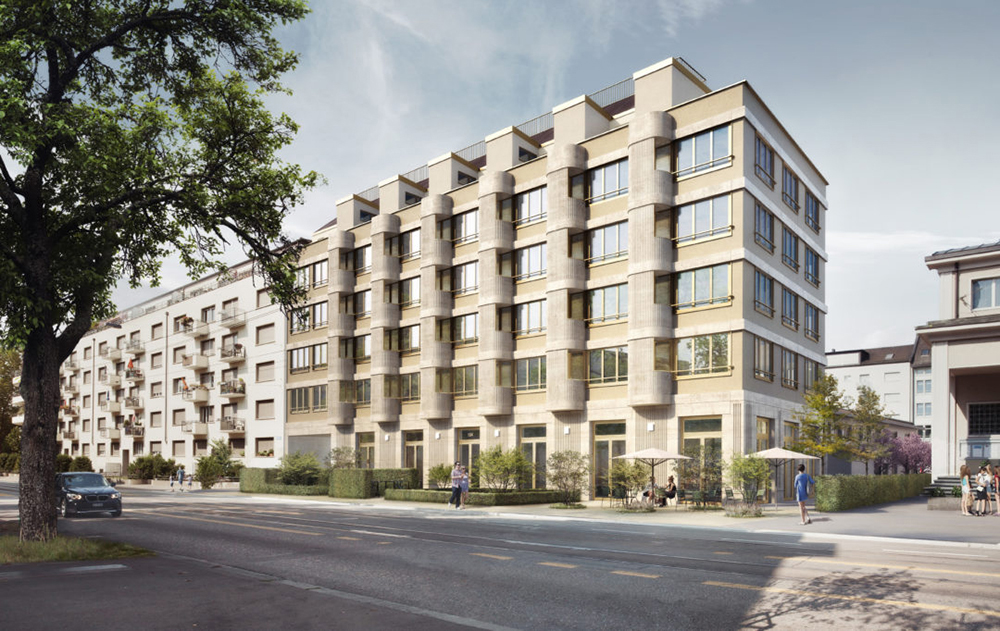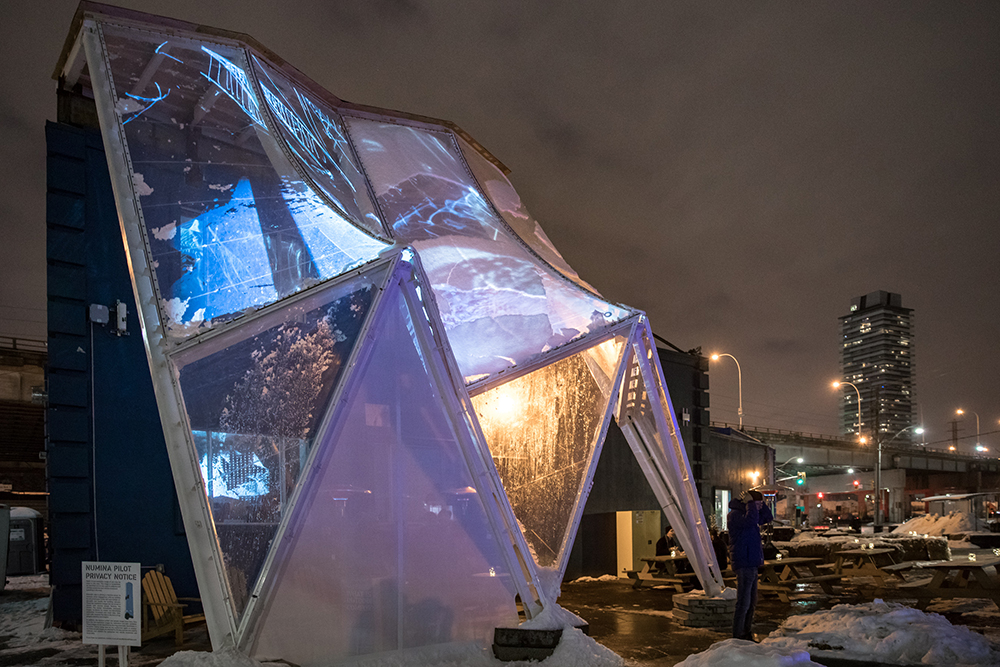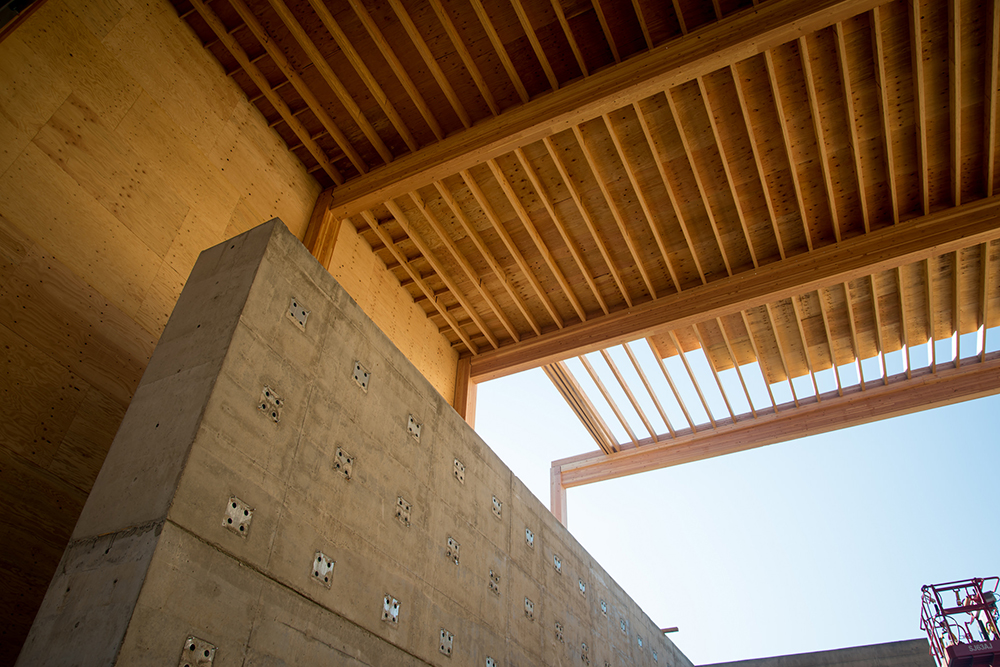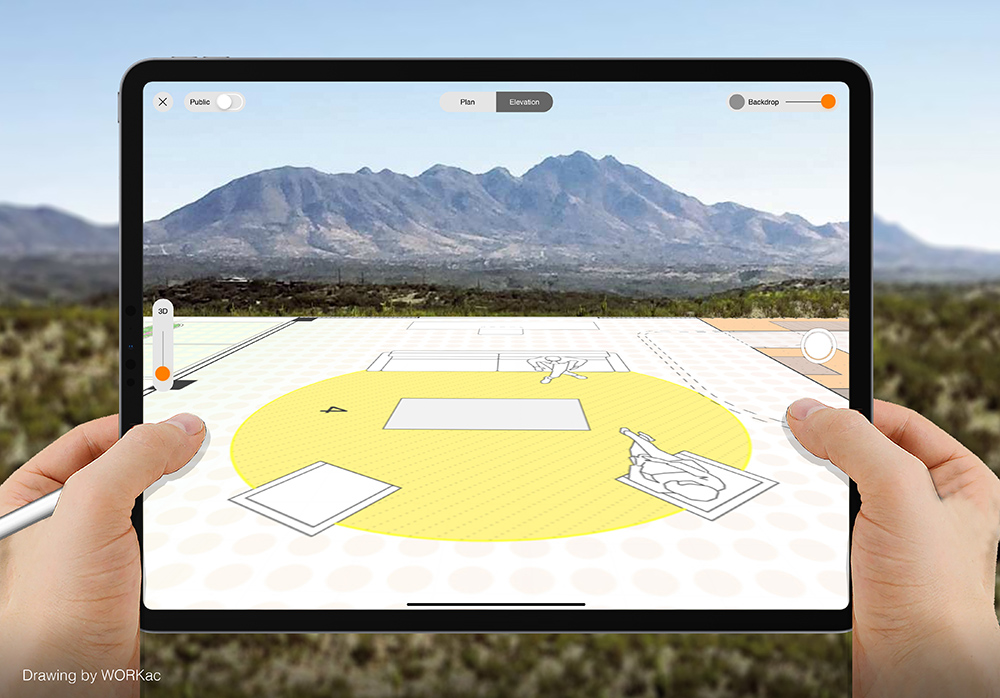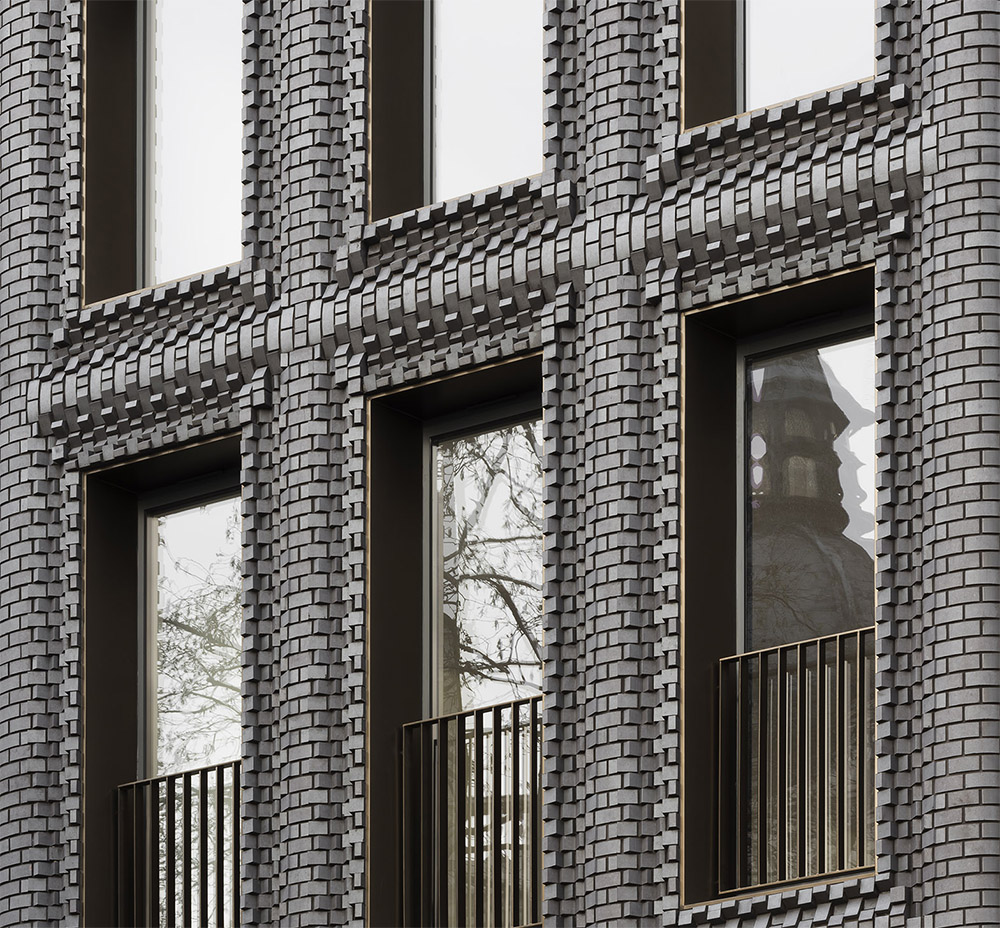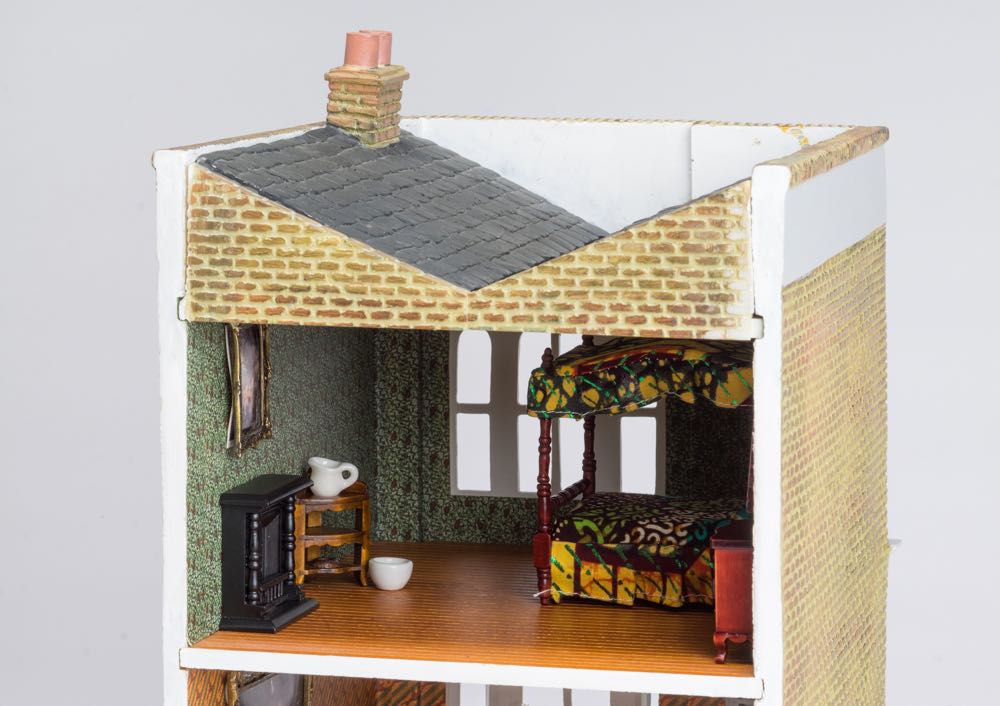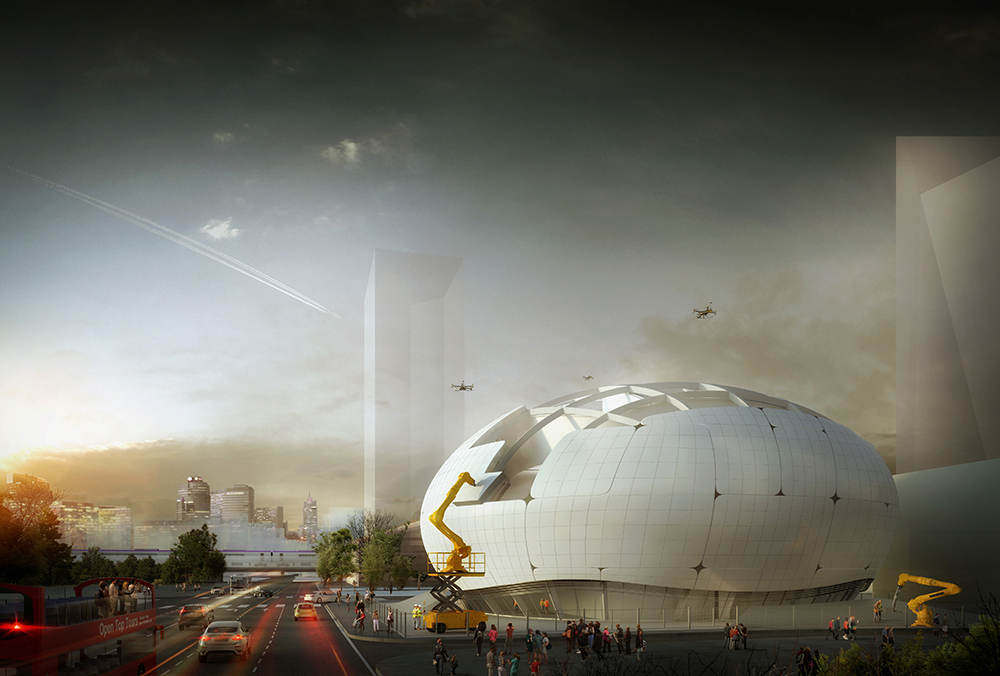Author: dzeiba
MIT and Maldivian researchers mimic nature to save sinking land
Human-driven climate change is threatening the coastal areas that nearly half of the world calls home with rising sea levels and increasingly severe storms. While dams, barriers, dredging, and artificial reefs are sometimes used to address these “forces of nature,” these strategies come with their own drawbacks and, in some cases, significant environmental and ecological
Could buildings be evolved instead of designed?
What if we could “breed” buildings to be more efficient? That’s the provocation by artist, designer, and programmer Joel Simon, who was inspired by the potentials of 3D printing and other emergent digital manufacturing technologies, as well as his background in computer science and biology, to test a system of automated planning. With a series
UNStudio spins off new tech-focused startup
UNStudio has spun off its own startup, UNSense, to focus on architectural technology and large-scale design problems. “UNSense is completely dedicated to sensory and speculative design,” UNStudio cofounder Caroline Bos told the British publication CLAD, “It’s quite exploratory.” UNSense, according to the company’s website, “combines design thinking and data technology” to create solutions at the scales of buildings, neighborhoods, and
Architects launch startup to attach more context to BIM models
The Lincoln, Nebraska, firm BVH Architecture had a problem. It was awarded the chance to help overhaul the HVAC system at the Bertram Goodhue–designed Nebraska State Capitol, but even with the high-precision BIM model it created over 800 hours, there was no good way to attach additional information—like current status, preservation-worthiness, or any of their
Architect creates app to change how exhibitions are designed
For all the advances in technology over the past decade, the experience of curating and viewing museum shows has remained relatively unchanged. Even though digital archive systems exist and have certainly helped bring old institutions into the present, they have relatively little influence over the ways museum shows are designed and shared. The normal practice
Björk enlists Arup engineers to design musical chamber for her latest tour
When I visited Arup’s New York offices, I was taken from the sunlit open areas on the fifth floor, down some stairs, through dark corridors, and into a windowless room with painted dark walls. There was a projector screen, someone by a computer, and a person in all black sitting off to the side. In the center of
New startup wants to automate the home design process
Anyone who’s played The Sims (especially with cheat codes) knows the fun and ease of designing your own home. Anyone whose designed an actual, IRL home knows it’s nothing like that. For homebuyers who want a custom home, they often encounter a frustratingly opaque and expensive process, or are stuck with pre-made plans that look
Designer and engineer Nassia Inglessis creates responsive canopy
Today, most people live in cities—artificial structures that determine how we move through space and relate to others and the world around us. But, all too often these cities feel fixed, designed and determined by larger powers that shape a landscape that the average denizen has little direct influence over. So what would a responsive
Brooklyn-based startup is using robots for rebar assembly
Two Brooklyn-based construction entrepreneurs began their business with a simple observation: steel rebar, used in concrete construction throughout the world, isn’t always easy to work with. Ian Cohen and Daniel Blank noticed this when they were watching wind turbines being erected. “Watching the process of people manually moving these huge, heavy objects looked dangerous and
Skanska puts 360-degree photography to work on New York job sites
Three-sixty-degree photography on construction sites is sort of like Google Street View at a smaller scale—a worker walks through a job site with a monopod or sometimes even with a helmet-mounted set of cameras and captures the sights and sounds at all angles. And the technology has become a boon for Skanska, especially for projects
The solar-powered FutureHAUS is coming to Times Square
New housing is coming to Times Square, at least temporarily. The Virginia Tech team of students and faculty behind the FutureHAUS, which won the Solar Decathlon Middle East 2018, a competition supported by the Dubai Electricity and Water Authority and U.S. Department of Energy, will bring a new iteration of its solar-powered home to New
How Skanska is putting 3D scanning to work in New York City
The Swedish multinational construction and development company Skanska is responsible for many of the world’s biggest building projects. Right now in New York City alone, it is overseeing two massive infrastructural and architectural undertakings: The Moynihan Train Hall and the LaGuardia Terminal B redevelopment. The design and construction of these projects are being reshaped by
Leo Villareal and Lifschutz Davidson Sandilands architects to illuminate the Thames
Londoners will see the Thames in a whole new light beginning this summer. In a collaboration between British architecture firm Lifschutz Davidson Sandilands (LDS) and U.S. artist Leo Villareal, up to 15 London bridges—including UNESCO World Heritage sites—will be outfitted with an array of new lighting for at least the next decade. The project, called Illuminated
EPFL puts new high-efficiency rooftop solar panels to the test
While solar panels have become increasingly common, the ones usually found on rooftops and the like can convert at most between 17 and 19 percent of received solar energy to usable electricity. This average yield has plateaued, increasingly only about 3.5 percent since the 2000s. More efficient panels are available, like those used on satellites,
Chicago-based start up wants to make a digital clone of a city
In Jorge Luis Borges’s 1946 one-paragraph short story “On Exactitude in Science,” a fictional 17th-century individual, Suarez Miranda, tells of a time that the “Cartographers Guilds” made a map of their empire so accurately that it matched it entirely, at 1:1 scale, point by point. Of course, this map was utterly useless. This meditation on
Google creates neuroaesthetic experience for Salone del Mobile
This past week in Milan during Salone del Mobile while designers were showing off their latest furnishings, Google was putting on its own exhibition. Following up on last year’s Softwear exhibition, in which the company teamed up with Li Edelkoort to envision a more comfortable, integrated hardware future, this year the tech giant built out
MIT lab creates sculptural pavilion made with dissolvable panels
Less than 10 percent of the billions of tons of plastic ever produced has been recycled, with much of it winding up in the Earth’s oceans where the plastic disrupts ecosystems and releases toxic chemicals. In response, researchers led by Neri Oxman of MIT’s Mediated Matter Group, which focuses on “nature-inspired design and design-inspired nature,”
A French startup is using drones and AI to save the world’s architectural heritage
Now active in over 30 countries around the world, French startup Iconem is working to preserve global architectural and urban heritage one photograph at a time. Leveraging complex modeling algorithms, drone technology, cloud computing, and, increasingly, artificial intelligence (AI), the firm has documented major sites like Palmyra and Leptis Magna, producing digital versions of at-risk sites at
A team of researchers thinks autonomous electric cars could outdo the subway
A partnership between the state-owned Research Institutes of Sweden (RISE), the London-based architecture and technology firm PLP Labs (the research spinoff of PLP Architecture), and LogistikCentrum have released a new study and report proposing a new direction for public transit. Called NuMo, for New Urban Mobility, the proposed technology allows for highly efficient, electric-powered home-to-destination
Austin company 3D prints house on site to help alleviate homelessness
“What if you could download and print a house for half the cost?” reads the lede for the Vulcan II, a 3D printer with a name suited for sci-fi space exploration, on the website of Austin-based company ICON. Now the company has put this claim to the test, building what it says is the first
New Swiss residential building shows off the latest in efficient tech
A seemingly simple, six-story apartment complex is going up in Zurich, Switzerland, and is putting to the test a number of new technologies that showcase a more sustainable approach to new construction. The project, Hohlstrasse 100, is designed by Dietrich Schwarz Architekten and is rising next to an existing, two-story commercial space that’s also being renovated
PARTISANS’ Building Raincoat could help Toronto keep a street culture year-round
Toronto is known for many great things. Its weather isn’t one of them. For the city’s architecture the question is: how can public, urban space be usable and comfortable throughout the year? The architecture collective PARTISANS thinks it might have an answer. Referencing the “maze of awnings…and glass arcades” that defined Toronto streets in the
World’s first mass plywood panel approved for 18-story buildings
Located in Lyons, Oregon, Freres Lumber has been in business for nearly a century. After starting out producing standard lumber projects, the company moved into wood veneers some 60 years ago and in 1998 purchased a plywood plant. Now, it’s made another step: getting U.S. and Canadian patents on its mass plywood panel (MPP), the
Morpholio Trace adds augmented reality to its arsenal
This past year was a big one for Morpholio, whose app Trace was named an Apple “App of the Day” and a top app in education, design, and drawing. Now, with iOS 12’s updated augmented reality (AR) functionality, the company is pushing the iPad’s architectural sketching abilities further, and closer to (almost) real space. The app
Bureau de Change unveils five-story building with undulating brick facade
London’s Fitzrovia neighborhood is a bit of an architectural collage. There are 18th- and 19th-century brick homes interspersed with 20th-century concrete housing blocks and, at its far east end, John Nash’s All Souls Church. The London firm Bureau de Change was asked to create a building sandwiched between two of the many simple brick buildings
Swiss researchers enlist the help of robots to build high-tech showhome
ETH Zürich’s high-tech showhome opened its doors this past week. The three-story DFAB HOUSE has been built on the NEST modular building platform, an Empa– and Eawag–led site of cutting-edge research and experimentation in architecture, engineering, and construction located in Dübendorf, Switzerland. The 2,150-square-foot house, a collaboration with university researchers and industry leaders, is designed
Nonprofit to document publicly-owned sculptures in the U.K.
There have been a number of projects to digitize culture as of late. More and more museums are putting their collections online, and there are, of course, the many projects of Google Arts & Culture, including the company’s recent experiments 3-D printing historic sites. Now, all of the United Kingdom‘s publicly-owned sculptures that have been made
Seoul’s Robot Science Museum will be its own first exhibition
The soon-to-be-built Robot Science Museum in Seoul, South Korea, will be a robotics exhibition itself. The museum, to be designed by Turkish firm Melike Altınışık Architects (MAA), will be built by robots when construction begins next year. In this way, the construction of the building itself will be the museum’s “first exhibition,” according to principal
Ancient technology gets an update in sustainable cooling solution
“The way we cool our buildings right now is totally wrong,” said Indian architect Monish Siripurapu in a video produced the United Nations’ Environment program. The words are bleak, but arguably true; the electricity and hydrofluorocarbons most modern cooling systems demand ironically warm the planet overall while they cool our conditioned spaces. On top of that, with global temperatures

